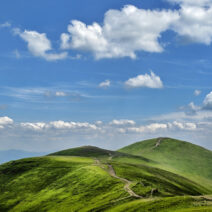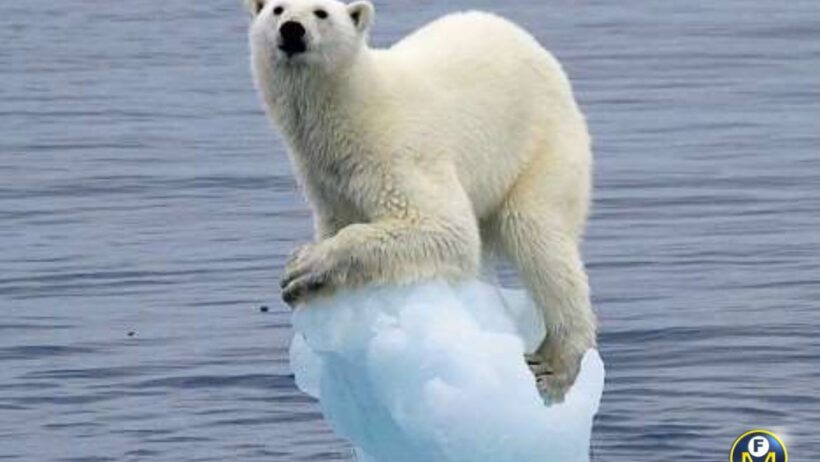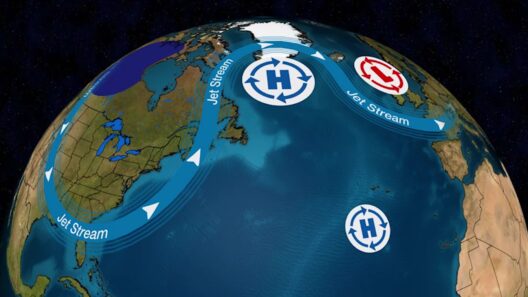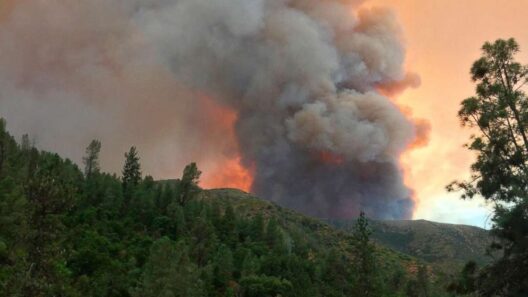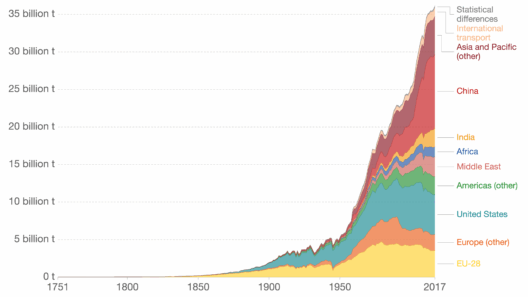Global warming, an insidious specter lurking in our atmosphere, gradually unravels the intricate tapestry of life on Earth. Among its most poignant victims are polar bears, the majestic denizens of the Arctic, epitomizing the clash between resplendent wildlife and the inexorable advance of climate change. As Earth’s temperature escalates, it impacts not only polar bears but also a myriad of other iconic species, each interwoven into the delicate fabric of their respective ecosystems.
To comprehend the ramifications of global warming on polar bears, one must first examine their habitat—the sea ice that crowns the Arctic Ocean. This frigid expanse acts as a critical platform for hunting seals, the favored prey of polar bears. Just as a theater stage hosts a grand performance, sea ice serves as the stage where these formidable predators demonstrate their prowess. However, with rising global temperatures, this stage is receding. The ice melts earlier in the spring and re-freezes later in the fall, leading to a cacophony of consequences for polar bear populations.
As the ice diminishes, polar bears face protracted periods of fasting. An essential source of energy, seals provide the necessary sustenance for these apex predators. Imagine trying to survive on an ever-shrinking buffet with each passing season. With less ice, polar bears are forced to venture farther in search of food, expending precious calories that they cannot afford to lose. This energy deficit leads to thinner bears and, ultimately, increased mortality rates, particularly among the young cubs eagerly learning the art of survival.
Moreover, the decline of sea ice triggers a domino effect throughout the ecosystem. The Arctic is a complex web of interdependencies; the absence of polar bears, as keystone species, reverberates across the food chain. When their hunting success declines, the seal populations can surge unchecked. This fluctuation influences the availability of other marine life, from fish to krill, as their abundance is intrinsically linked to the balance fostered by top predators. Thus, the polar bear, driven from its throne, sets off a rippling disturbance that alters the entire marine environment.
As the narrative of polar bears unfolds, it underscores a broader theme—the plight of other iconic species affected by climate change. Take the emperor penguin of Antarctica, another emblem of resilience struggling against the encroaching warmth. Like polar bears, emperor penguins rely on stable ice to breed and rear their young. With shifting weather patterns, their breeding grounds are increasingly fragile. The intricate dance of their life cycle is disrupted; what was once a reliable timeline becomes erratic, threatening their existence. The grief of the premature abandonment of eggs echoes the disquiet of a world unmoored from its natural rhythms.
Climate change does not confine its impact to polar bears and penguins. The charismatic koala, an icon of Australian wildlife, faces a dire prognosis as rising temperatures and prolonged droughts decimate eucalyptus forests—its sole food source. As habitat destruction accelerates, these adorable marsupials, often seen clinging to the branches of their dwindling homes, become vessels of despair. Their plight is a harrowing reminder of the fragility of the intricate balance within ecosystems and the dire consequences of human-induced climate change.
Moreover, the impacts of global warming extend into more terrestrial domains. The iconic American bison, a symbol of the Great Plains, grapples with shifting climate patterns affecting grassland ecosystems. As droughts intensify and precipitation patterns become more unpredictable, the sustainment of this majestic species comes under threat. The change in the availability of nutritional forage impacts their health, reproduction, and migration patterns. Just as human communities may be uprooted by changing landscapes, so too are the bison, whose essential role in their habitat is threatened.
Yet, paradoxically, hope flickers amidst this somber narrative. Conservation efforts and public awareness surrounding climate change have catalyzed initiatives aimed at protecting not only polar bears but also other vulnerable species. Preservation of critical habitats, legislative measures to reduce carbon emissions, and innovative approaches to sustainable living carve a path toward resilience. Engaging with indigenous communities, whose ancestral knowledge helps to safeguard ecosystems, provides valuable insights and strategies for conservation efforts, illustrating how collaboration engenders better outcomes.
Education plays a pivotal role in fostering awareness about the interconnectedness of all species within the context of a warming planet. As advocates rally for the protection of iconic species, it is imperative to underscore the notion that their survival is inextricably tied to our actions. Just as the polar bear, emperor penguin, koala, and bison rely on their habitats, humanity must recognize its dependence on the health of the planet’s ecosystems. The loss of one species serves as a clarion call, amplifying the importance of biodiversity and the nuanced intricacies of environmental stewardship.
The urgency to act has never been more palpable. The plight of polar bears and their counterparts is a cry for justice reverberating through the wilderness. As their world shifts beneath their feet, their struggle becomes emblematic of a broader narrative—one where the socio-political, economic, and ecological threads intertwine. To secure a legacy of coexistence, society must embrace sustainable practices and advocate for policies that address the monumental challenge of climate change.
In conclusion, the impact of global warming on polar bears and other iconic species encapsulates a complex reality. As we witness the fragility of life amidst climatic upheaval, it is our responsibility to champion the cause of these magnificent beings. For in their survival lies the essence of our own existence. Protecting the wildlife that inhabits our Earth is not merely an exercise in conservation; rather, it is an endeavor steeped in the belief that through unity and resolute action, we can avert the cascading wave of extinction that threatens the planet’s irreplaceable Mosaic of life.


